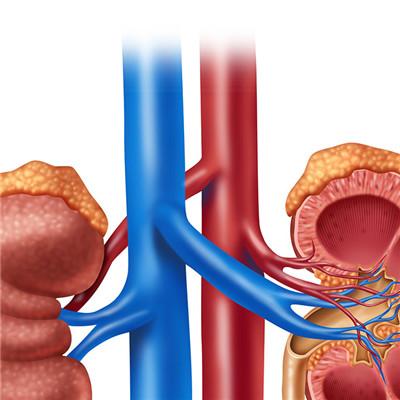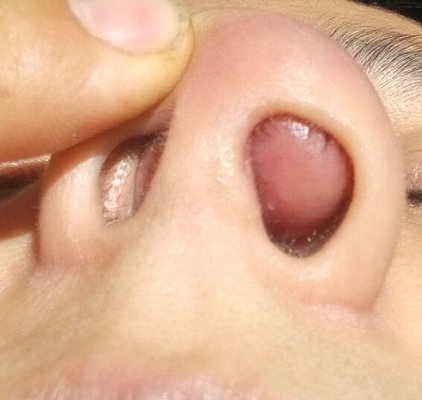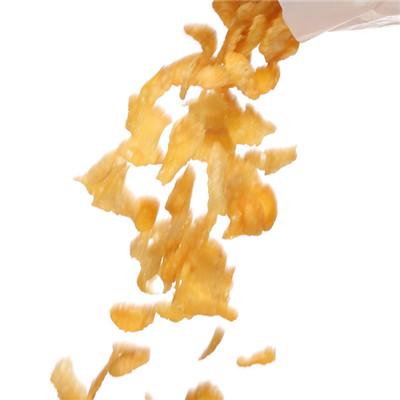How to treat vocal cord paralysis?
summary
The causes of vocal cord paralysis involve tumor, operation and infection. Special attention should also be paid to diet. So far, although there is no targeted treatment, symptomatic treatment is simple and easy, with small side effects. Commonly used are vocal cord injection therapy, thyroid cartilage plasty or adduction of arytenoid cartilage. Bilateral vocal cord paralysis can be treated by resection of one or both posterior vocal cords, or combined with arytenoidectomy to relieve dyspnea and preserve vocal function. So, let's take a look at how to treat vocal cord paralysis first? Let's introduce the related knowledge of the field.
How to treat vocal cord paralysis?
First: sound therapy sound therapy is one of the effective methods to improve the quality of life by creating effective and understandable sound. The method is to improve the closing ability of glottis by increasing the strength of abdominal breathing and improving the internal tension and strength of muscles, without causing hyperfunction of supraglottic area. It can be used as an adjuvant therapy in the early stage or after operation. It is usually started after the vocal cord swelling subsides 1-2 months after the operation, in order to help patients adapt to the new vocal cord mechanical conditions. Voice therapy has two advantages. Some patients can improve their voice and avoid surgery, or wait until the vocal cord movement recovers during the treatment. In view of the possibility of recovery of partial vocal cord paralysis, in addition to confirming the existence of irreversible nerve lesions, surgery should be considered at least one year after observation.
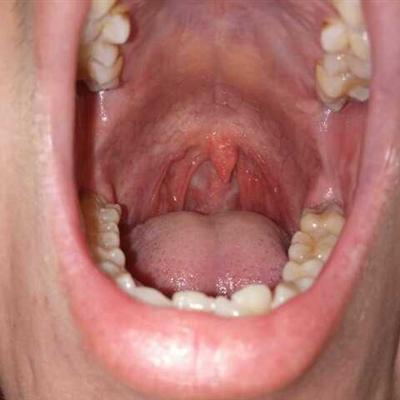
Second: vocal cord injection therapy started in the 20th century, and the injection materials are constantly changing. The ideal material should be inert, good biological stability, and can be directly injected through a thin needle. At present, the commonly used injection materials are calf or human collagen, gelatin sponge, autologous fat, fascia, hydroxyapatite, silicone resin and so on. Most of the operations were performed under general anesthesia with high frequency ventilation, and the exact injection site should be in the vocal process, that is, the deep part of the lateral part of the middle part of the thyroarytenoid muscle. According to whether the injection material can be absorbed, the injection volume varies from 0.20 ml to 6.00 ml, with an average of 0.40 ml to 2.60 ml. The most satisfactory results can be obtained by slightly over injection of autologous fat or gelatin sponge (10% ~ 15%), which is twice as much as that of silicone resin. After autologous fat injection, the curative effect of most patients can last more than 2 years, which is a simple and effective treatment.
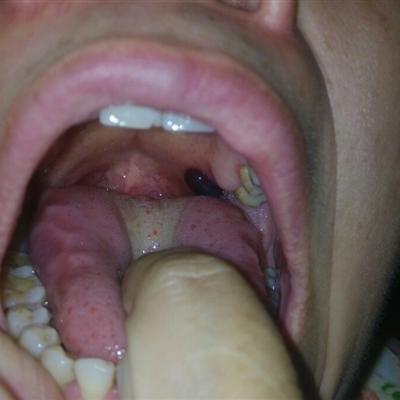
Third: laryngoplasty at present, laryngoplasty has been gradually known and become a widely used surgical method. It includes all types of laryngeal framework surgery involving thyroid cartilage, cricoid cartilage, and arytenoid cartilage. Its purpose is to reduce the vocal effort during glottic closure, improve vocal fatigue and discomfort, and relieve the excessive compensation of the contralateral vocal cord. The anterior part of vocal cord should be treated by thyroplasty, and the posterior part of vocal cord should be treated by adduction of arytenoid cartilage.
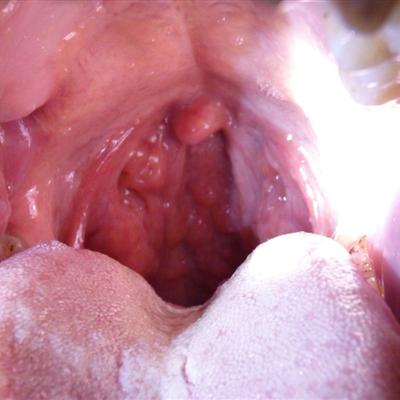
matters needing attention
1. Central diseases such as intracranial tumor, inflammation, cerebrovascular accident, peripheral nerve disease, trauma, mediastinal and neck disease involving recurrent laryngeal nerve, or laryngeal lesions can lead to vocal cord paralysis. 2. Hoarseness leads to loss of voice. Although it can produce strong voice after compensation, it has no cadence and air leakage when producing low voice. 3. Bilateral vocal cord paralysis can cause dyspnea and even asphyxia. After a few days, there was no dyspnea, but shortness of breath, inability to exert, or dysphagia. 4. Patients with laryngeal lesions may have laryngeal pain and discomfort. 5. Laryngoscopy showed that the paralyzed vocal cord was fixed in a certain position, and the vocal cord was curved or atrophied.
